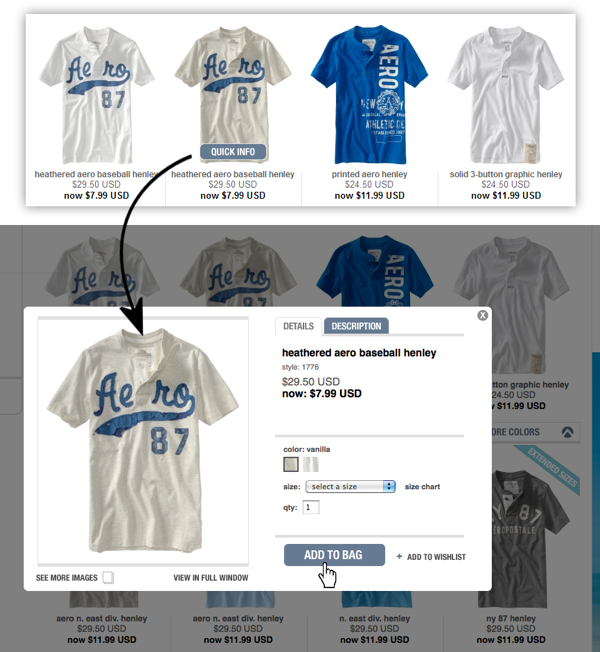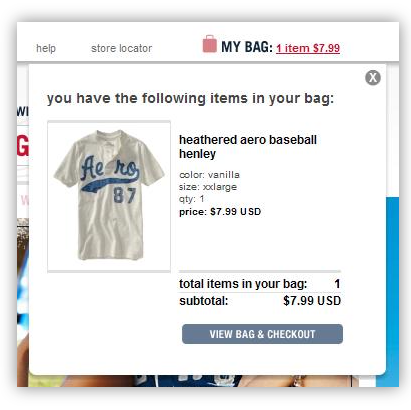Here’s a fairly common scenario in the conversion rate optimization business: Someone in the company has a big marketing idea they want to test on the company website, or a strong hunch that a particular online merchandising strategy will pay big dividends; so they look for a person or product that can perform a test of this idea or hunch and, hopefully, make the company a lot of money. However, that may not be the best way to approach testing.
Why? Because you really need to know that the basic functions of your site are performing reliably before you try something more ambitious.
Consider what happens if you draw a lot of new traffic to a site with a complex offer – like free expedited shipping for returning customers – but the basic conversion process has not been tested. This new traffic may well result in more sales, but how will you know if the increase is as good as it could have been?
The Purchase Flow
This point was brought home to me when I was talking to a traditional brick and mortar retailer who also has a very successful online store. Last year the company started an aggressive program of testing and targeting. When I asked the person in charge of online merchandising what they tested first, he said: “We started with the shopping cart because we knew that, unless the cart was optimized, we wouldn’t really be able to tell if any of the other tests were worth it.”
From watching people in their brick and mortar stores this company had learned that even minor obstacles to the natural flow of browsing and buying can disrupt “the purchase flow.” This is a handy term to describe the entire process of buying, completion of which is the ultimate measure of conversion for a retail website.
Reducing friction in the purchase flow, making sure item selection and the checkout process are quick and easy, can increase revenue per session and average order value as well as reduce cart abandonment rates.
An Example of a Technique Worth Testing
The Quick Info button that Aeropostale presents to shoppers who move their mouse over a specific product on a category page. Clicking the button presents details of the product in a lightbox without taking the shopper to a separate page, removing one possible friction point. To further reduce friction, the lightbox provides a convenient “Add to Bag” button (Aeropostale’s hip alternative to “Add to Cart”).

When a shopper adds an item to their bag, they don’t have to go to the cart page, they can dismiss the lightbox and remain on the product selection page, ready to make another purchase. They know the item was added to the bag from a counter in the bag icon at the top of the screen.
Hovering over that icon reveals the contents of the bag without the shopper having to leave the product selection page. All of which removes extra steps and friction from the buying process

The idea of testing purchase flow techniques like this is to make sure it is easy for visitors to your site to take the actions you want them to take. For a retail site that is adding items to the cart and checking out. So you test the item selection process, the add to cart process, the checkout process.
You test the effect of reducing the number of steps in the checkout process. For example, what happens when you let customers check out directly from the cart page instead of having to click “Checkout” after reviewing their cart?
More Ambitious Tests
After you’ve tested your purchase flow and are confident that it is optimized, you’ll be ready to try more ambitious tests, knowing that the results will reflect the effects of any new elements you introduce rather the random influence of a hit-or-miss purchase process.
Want to test the effect of a tiered shipping offer or target different brands to visitors from different states? If you have a thoroughly tested conversion process in place you’re ready to go for it and take your site to the next level of optimization.

